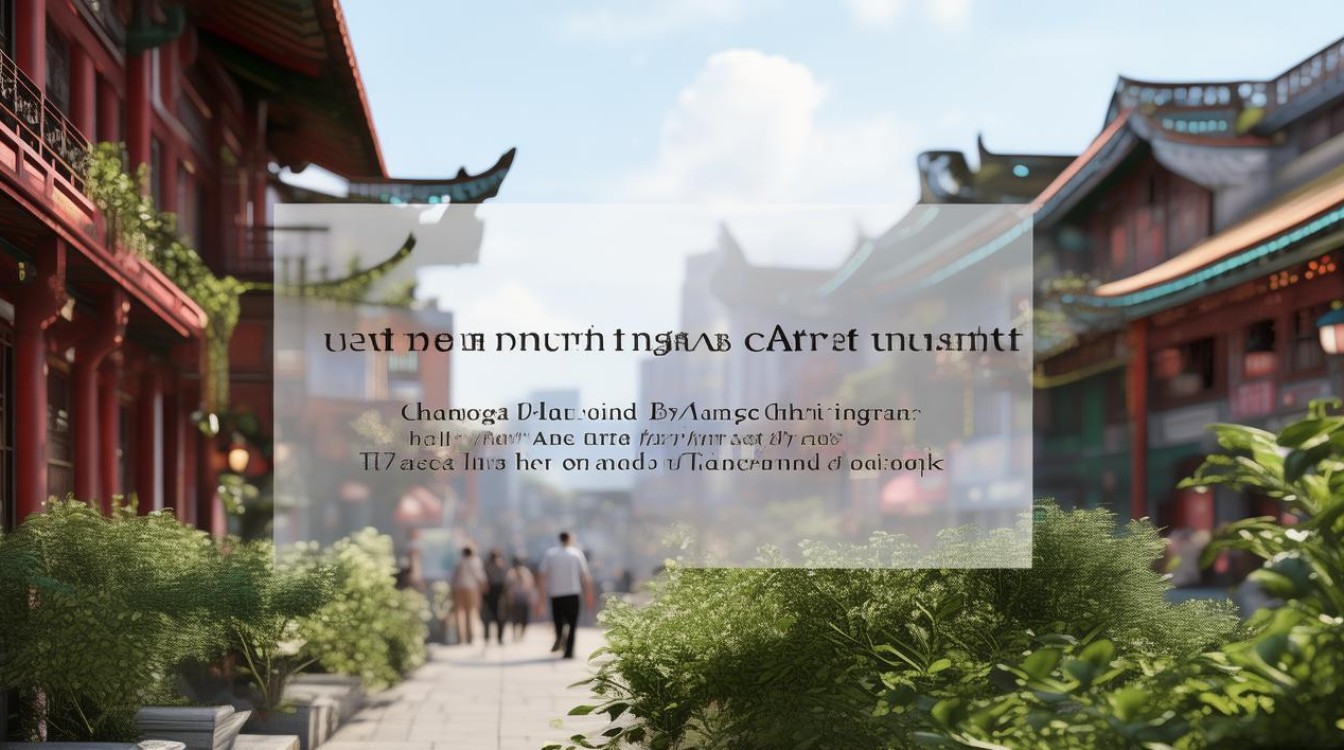漫步在长沙的街头,从岳麓书院的青瓦白墙到湘江畔的璀璨灯火,这座城市总能用它的古今交融打动每一位来访者,许多人在体验之后,都渴望用文字,尤其是用英语,将这份独特的感受记录下来,将“游长沙”的经历转化为一篇地道的英文作文,并非简单的中文翻译,它更像是一次思维的重新编织与文化的跨越,这个过程,恰恰是提升英语写作能力的绝佳路径。

从“感受”到“细节”:搭建文章的骨架
优秀英文写作的第一个核心,在于精准与具体,中文写作有时讲究意境和留白,但英文写作更倾向于用坚实的细节构建画面,当你想表达“岳麓山很美”时,这个“美”是空洞的,请尝试将它分解:
- 视觉: The ancient trees on Yuelu Mountain cast dappled shadows on the stone steps, their branches reaching out like wise old arms.
- 听觉: The only sounds were the rustling of leaves and the distant chime from the temple, creating a symphony of tranquility.
- 嗅觉: The air was filled with the earthy scent of moss and the faint, sweet fragrance of osmanthus blossoms.
这种细节的刻画,正是英文读者所期待的“证据”,它证明了你的观点,而非仅仅陈述,在构思关于长沙的作文时,请放弃宏大而模糊的形容词,转而寻找那些能够支撑你感受的、微小而确凿的证据,不要写“橘子洲头很壮观”,而是描述“站在青年毛泽东艺术雕塑下,仰视那巨大的石像,湘江的风扑面而来,瞬间理解了何为‘问苍茫大地,谁主沉浮’的豪情。”再思考如何用准确的英文词汇和句式来表达这个具体的场景。
逻辑的桥梁:让思想流畅衔接
许多英语学习者的作文在句子层面没有问题,但读起来却感觉生硬、跳跃,这是因为忽略了逻辑连接词这座“隐形桥梁”,中文的逻辑关系常常隐藏在字里行间,依靠读者的意会;而英文则明确地用词汇来标示出思想的轨迹。
在描述游览顺序时,不要只会用“and then”,可以尝试:
- 表示顺序: Firstly, Upon arriving at the Orange Isle,... / Subsequently, we made our way to the...
- 表示转折: However, the serene atmosphere of the ancient academy stood in stark contrast to the bustling city center.
- 表示因果: Consequently, the memory of that fiery sunset over the Xiangjiang River remains vividly etched in my mind.
- 表示举例: For instance, the local street food, such as stinky tofu and sugar-coated rice balls, offered an explosive mix of flavors that was both challenging and delightful.
将这些逻辑词巧妙地嵌入段落之间、句子之中,就如同在湘江上架起一座座桥梁,让读者的思维能够顺畅地从一点抵达下一点,毫不费力地跟随你的叙述。
词汇的质感:告别“小学生英语”
一篇动人的作文离不开有质感的词汇,这并不意味着要使用生僻、复杂的“大词”,而是要选择更精准、更具表现力的词语。
- 将“good”升级: 描述岳麓书院的文化氛围,用 “enlightening” 或 “inspiring”;描述火宫殿的美食,用 “savory”, “flavorful”, 甚至 “exquisite”。
- 将“see”升级: 在太平老街,你不仅仅是 “see” 各种手工艺品,你可能是 “observe” 匠人如何制作,“witness” 一段活着的传统,或是 “catch a glimpse of” 老长沙的生活缩影。
- 将“many people”升级: 形容五一广场的人群,可以用 “a throng of visitors”, “a bustling crowd”, 或者更生动地, “the square was teeming with life”。
积累这些词汇的最佳方式,不是在单词书上,而是在阅读中,当你读到一篇关于旅游的英文美文时,留意作者是如何描述景色、心情和体验的,将这些地道的表达方式“占为己有”。
文化的转译:找到理解的共同基础
这是英语写作中最具挑战性,也最见功力的部分,当我们介绍长沙时,不可避免地会碰到极具中国特色的概念,直接音译往往会造成理解障碍。
- “臭豆腐”(Stinky Tofu): 直接翻译可能让外国读者感到不适,可以稍作解释:”Stinky Tofu, a fermented snack whose pungent aroma boldly challenges the nose but rewards the brave with an unexpectedly delicious taste.”
- “茶颜悦色”: 不能只写“Cha Yan Yue Se”,可以描述为:“a hugely popular local tea chain, renowned for its creative blend of high-quality Chinese tea and light, creamy cheese foam topping, often adorned with poetic Chinese themes.”
- “心忧天下,敢为人先”的长沙精神: 可以尝试阐释其内核:“a civic spirit that combines a deep concern for the wider world with the courage to pioneer and innovate.”
这种“文化转译”的能力,体现的不仅是对英语的掌握,更是对两种文化的深刻理解与尊重,它让你的文章不再是简单的游记,而是一座沟通的桥梁。
个人声音:文章的灵魂所在
所有技巧都是为了服务于一个核心:在文章中注入你独特的声音和思考,搜索引擎和读者都在寻找有真实体验和独立见解的内容,在文章的结尾,不要只是总结“这是一次很好的旅行”,而是勇敢地表达你的个人观点。
你可以这样结束: “Walking through the modern glass towers of Furong District, I realized that Changsha is not just a city living in its glorious past. It is a place where the echoes of ancient lectures in Yuelu Academy seamlessly merge with the rhythmic beats of its burgeoning music scene. This dynamic interplay, this relentless energy of honoring tradition while embracing the future, is what truly defines the city's character and, ultimately, captured my heart.”
将“游长沙”作为你英语写作的练习场,你练习的不仅是语法和单词,更是一种新的思维方式和表达习惯,从细节的描摹,到逻辑的贯通,再到文化的传递和个人观点的彰显,每一步都是对你英语能力的深度锻造,当你能够用英语自如地讲述长沙故事时,你的写作水平必然已经完成了质的飞跃。











